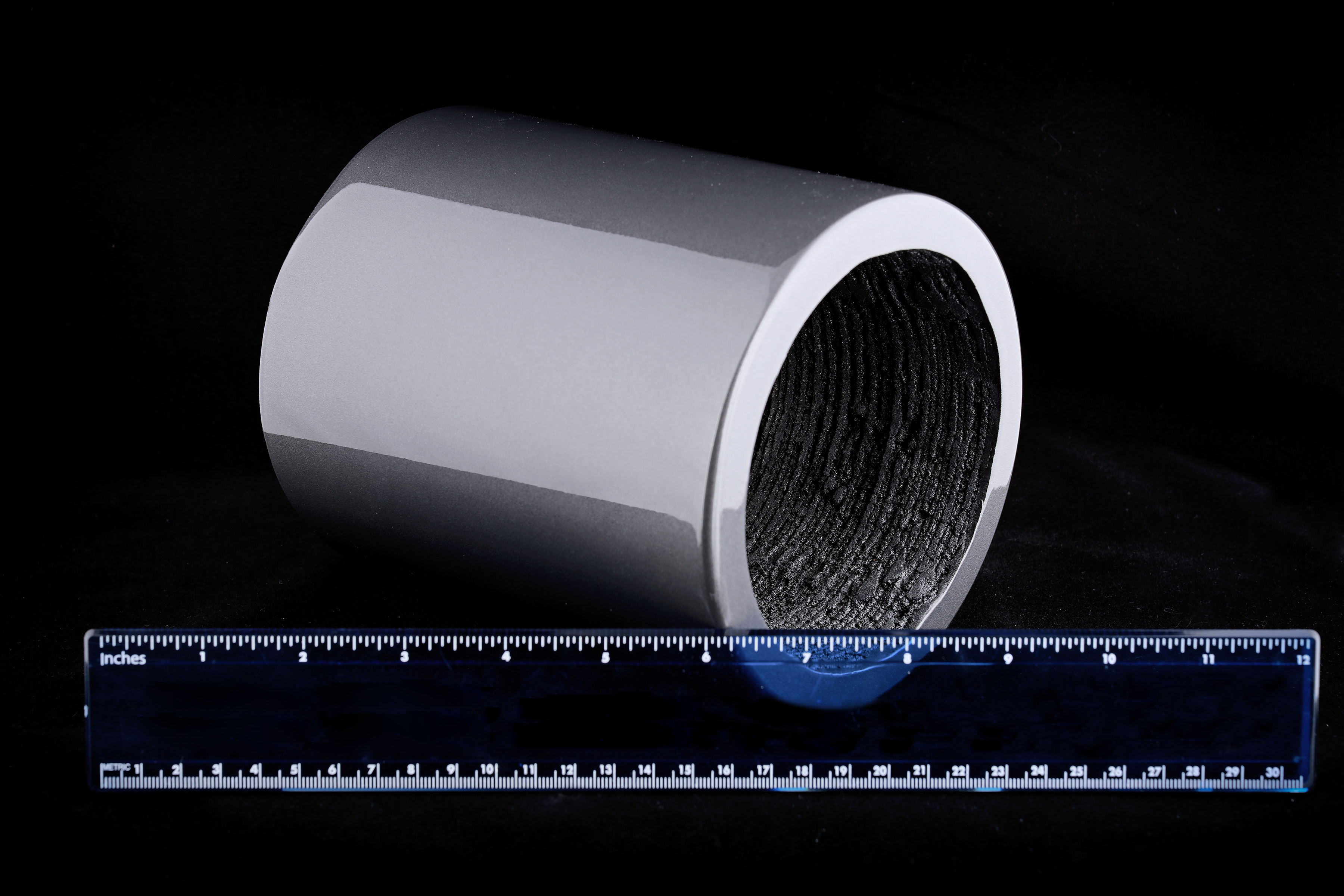Scientists at the Oak Ridge National Laboratory’s (ORNL) have produced 3D printed permanent magnets that can outperform bonded magnets made using conventional techniques.
The researchers used the Big Area Additive Manufacturing (BAAM) 3D printer to create isotropic, near-net-shape, neodymium-iron-boron (NdFeB) bonded magnets. The results showed comparable or better magnetic, mechanical and microstructural properties than bonded magnets produced with injection moulding.
Moreover, additive manufacturing enables more complex geometries and creates less waste, as principal investigator and group leader in ORNL’s Chemical Sciences Division, Parans Paranthaman, explains: “While conventional sintered magnet manufacturing may result in material waste of as much as 30 to 50 percent, additive manufacturing will simply capture and reuse those materials with nearly zero waste.”
ORNL researcher and co-author Ling Li identifies another critical advantage of 3D printing magnets: “Manufacturing is changing rapidly, and a customer may need 50 different designs for the magnets they want to use. Traditional injection molding would require the expense of creating a new mold and tooling for each, but with additive manufacturing the forms can be crafted simply and quickly using computer-assisted design,.”
For the printing process pellets consisting of 65 volume percent isotropic NdFeB powder and 35 percent polyamide (Nylon 12) were melted, compounded and extruded during the BAAM printing process into required forms. Conserving material is very important as magnets are made with rare earth elements, including neodymium and dysprosium. NdFeB magnets are the most powerful on earth and used in applications such as computer hard drives, head phones as well as clean energy technologies such as electric vehicles and wind turbines.
Alex King, Director of the Critical Materials Institute, believes that this research has enormous potential: “The ability to print high-strength magnets in complex shapes is a game changer for the design of efficient electric motors and generators.”
The researchers will now focus on printing anisotropic or directional, bonded magnets that are stronger than isotropic magnets with no preferred magnetisation direction. Additionally the effect of binder type, the loading fraction of magnetic powder and processing temperature on the magnetic and mechanical properties of printed magnets will be further explored.
Subscribe to our Newsletter
3DPresso is a weekly newsletter that links to the most exciting global stories from the 3D printing and additive manufacturing industry.





















